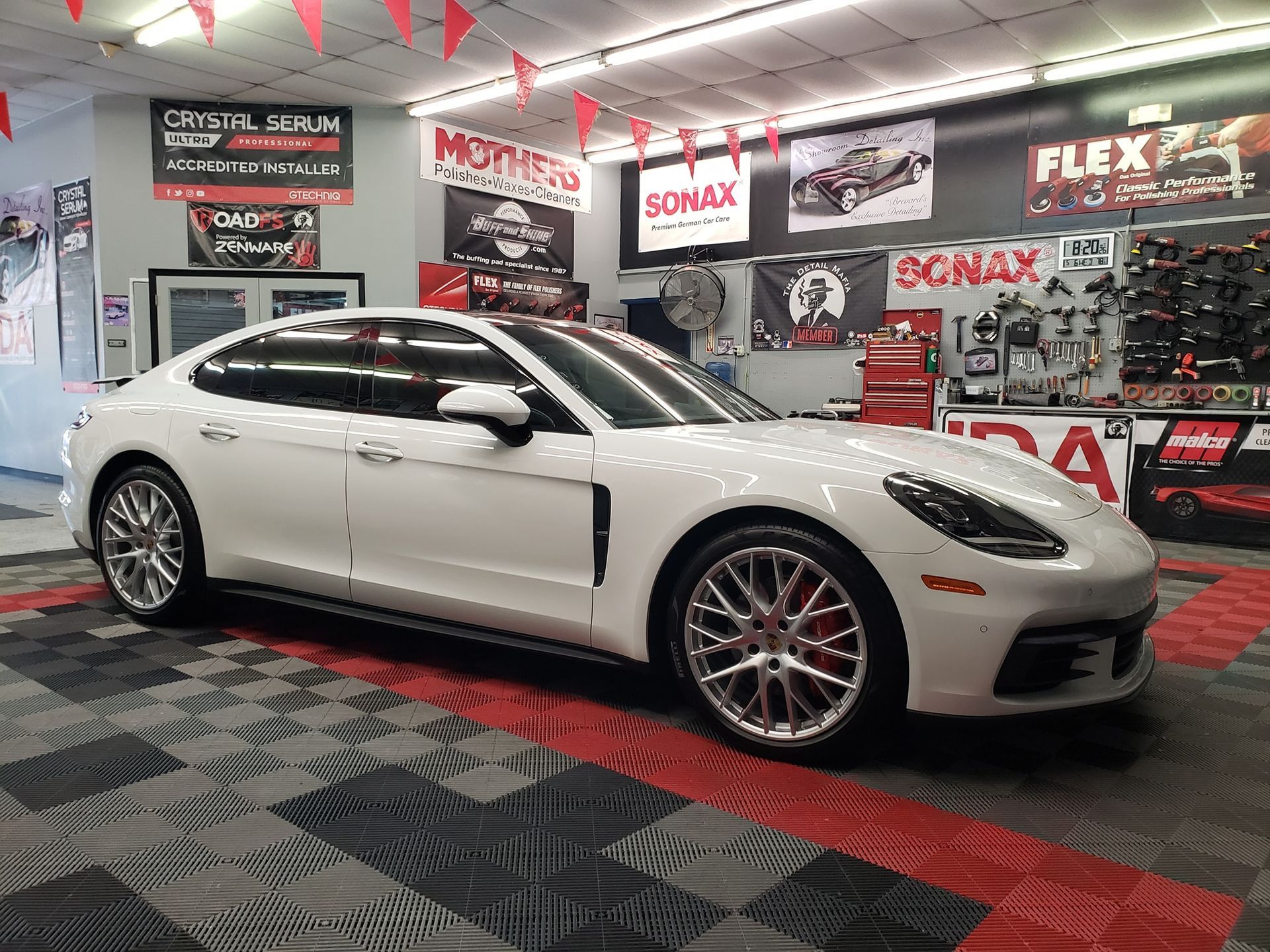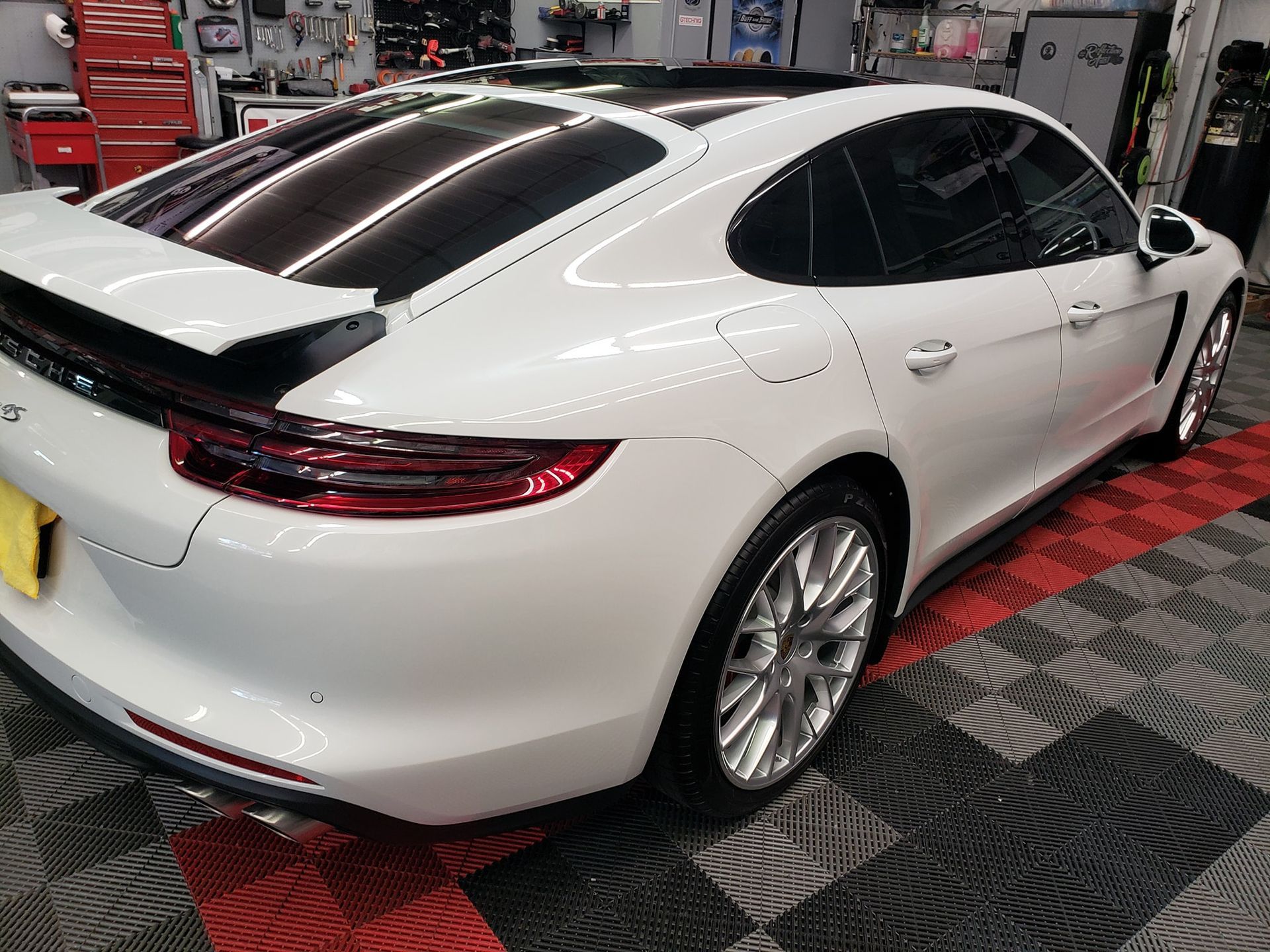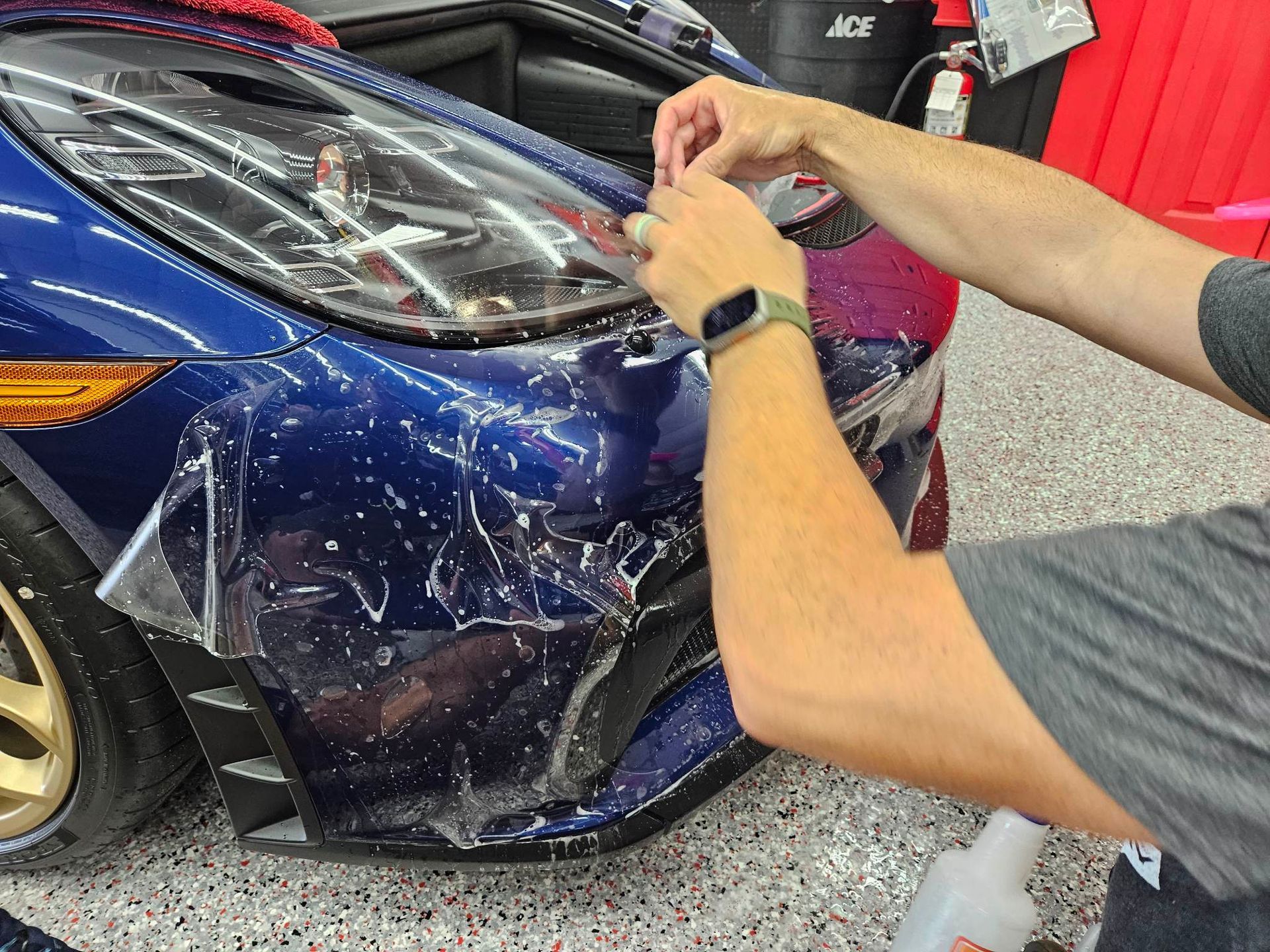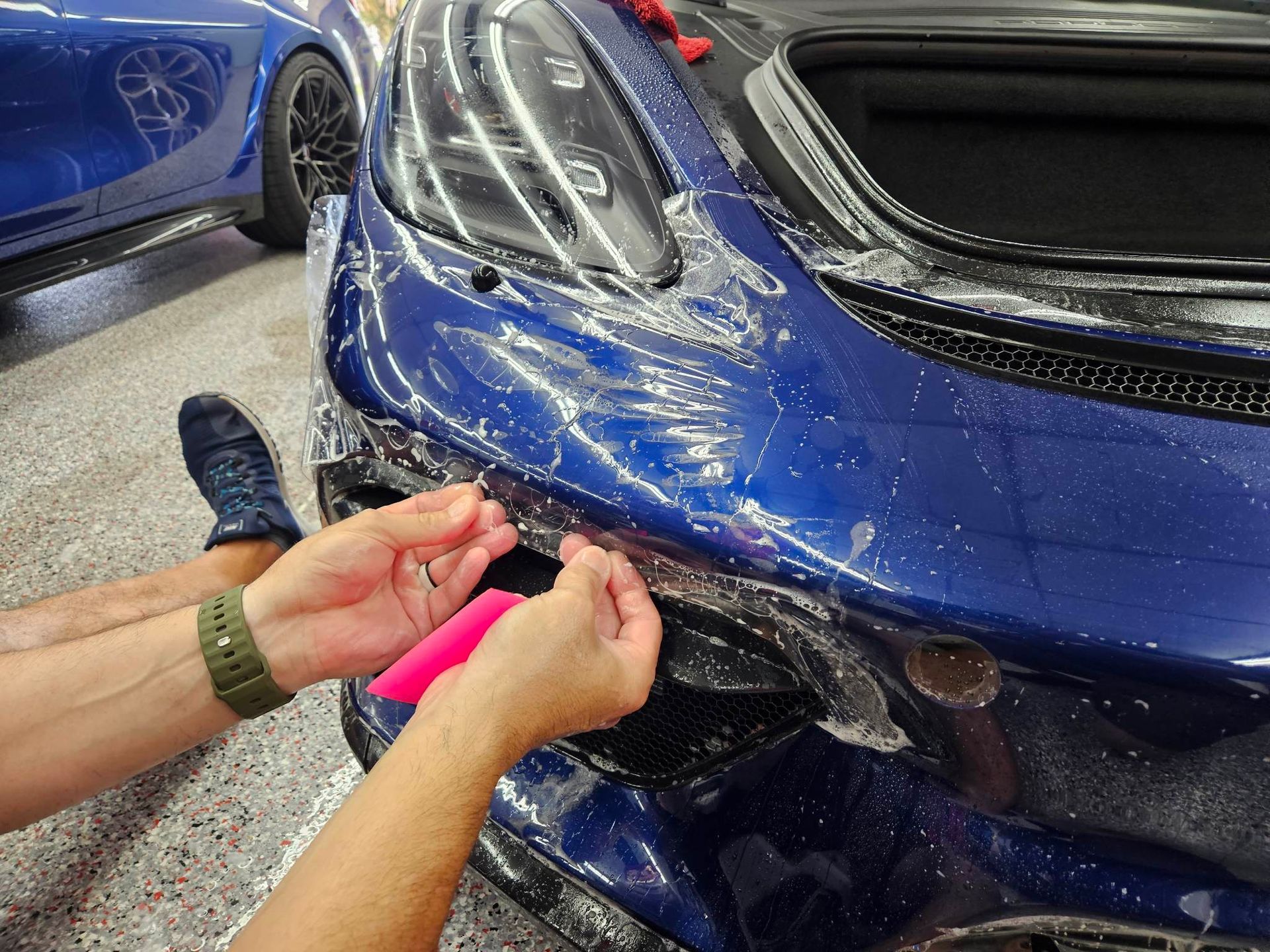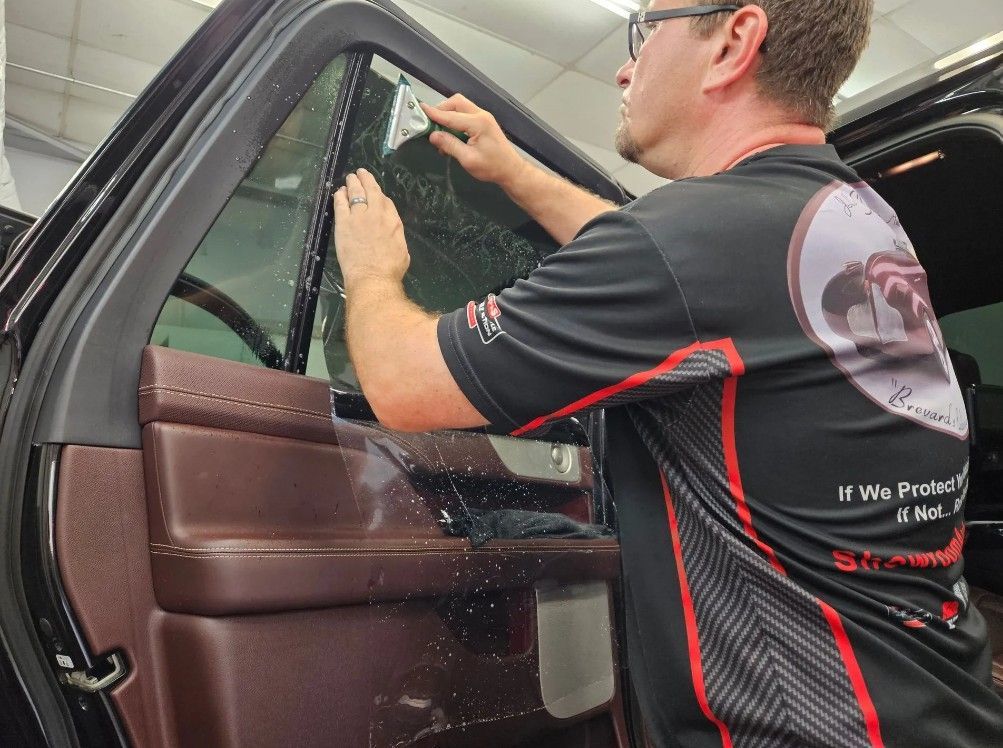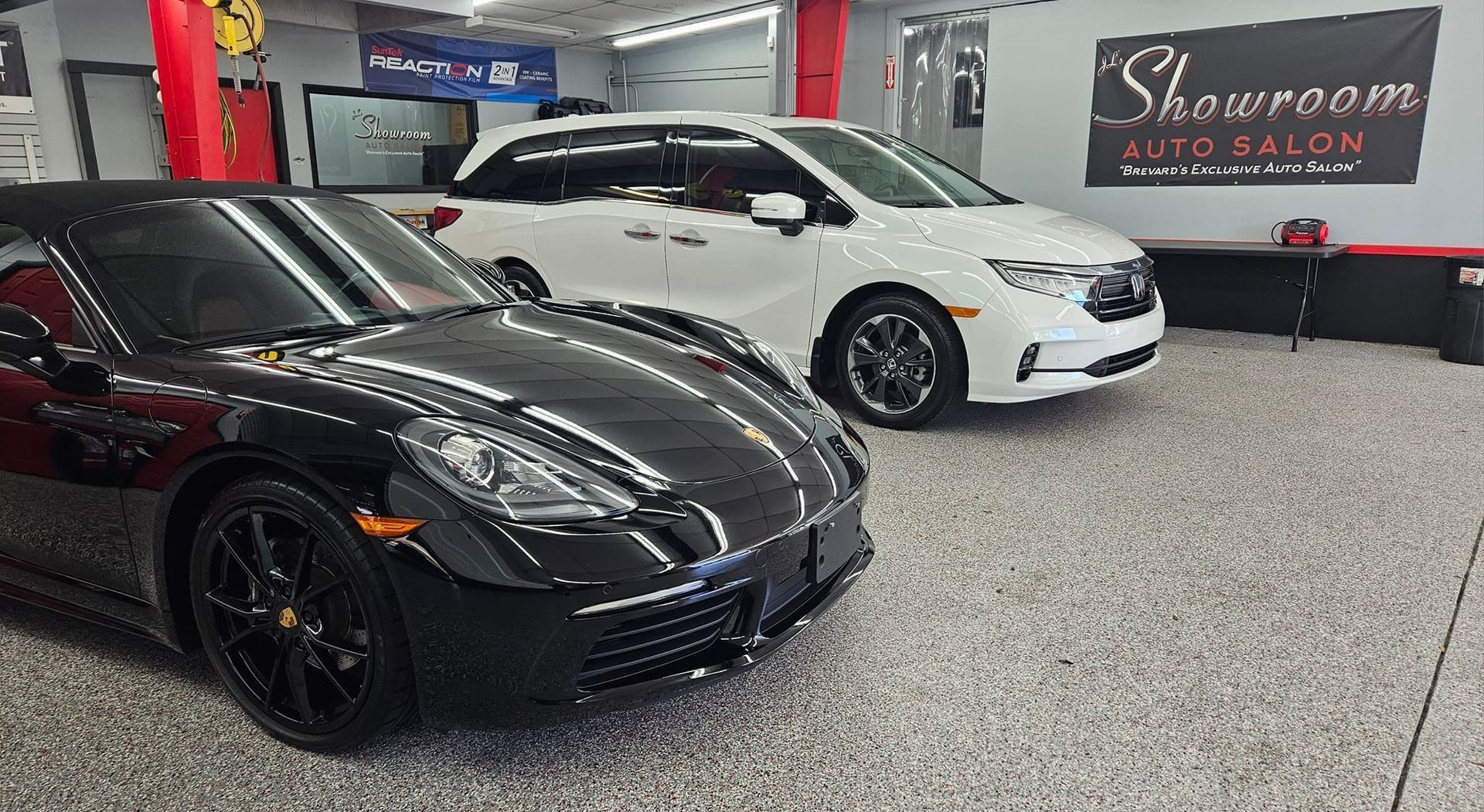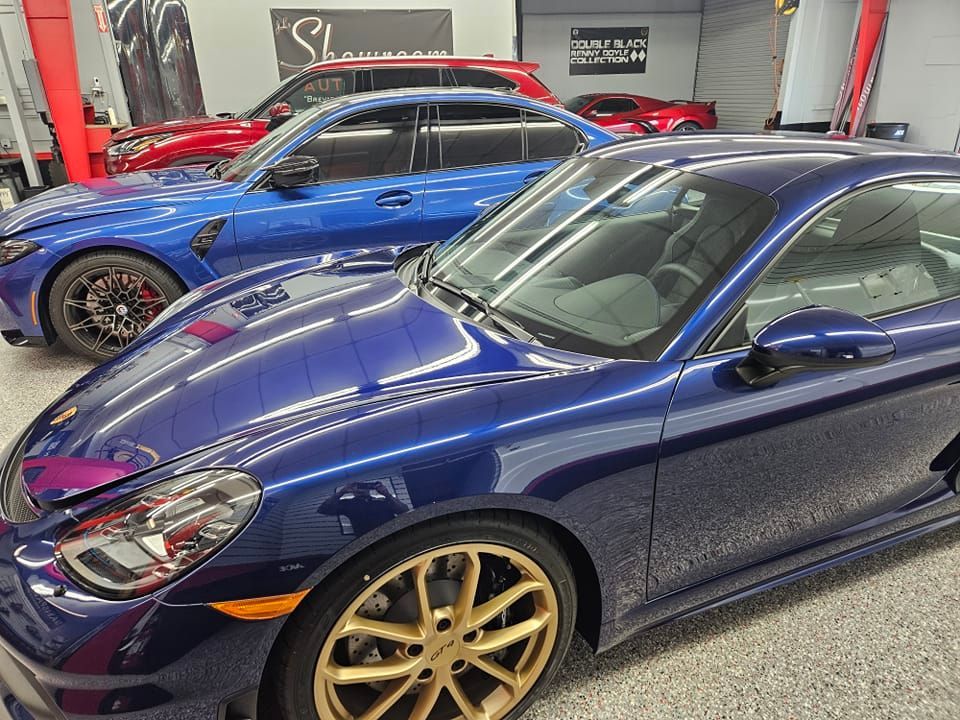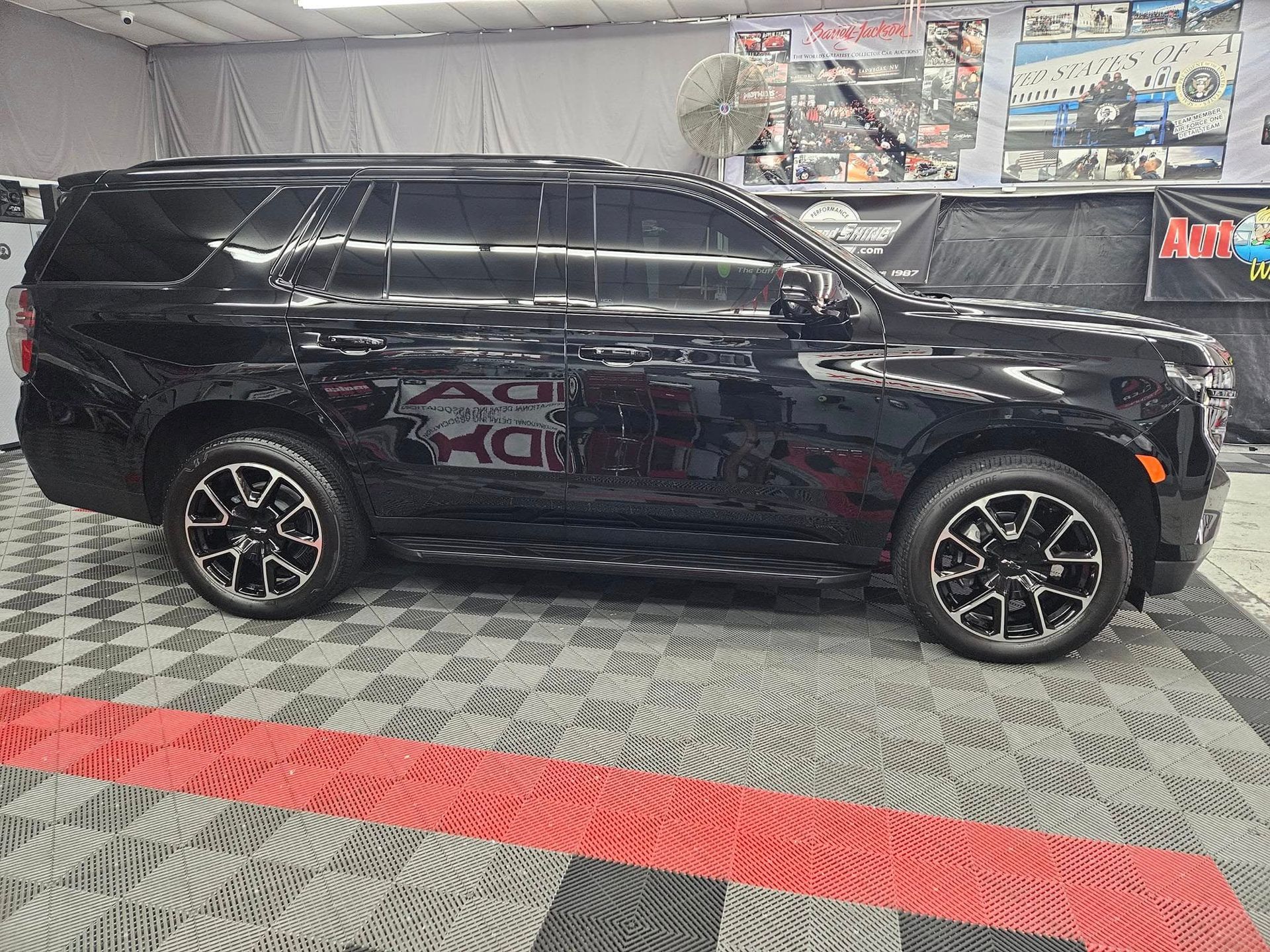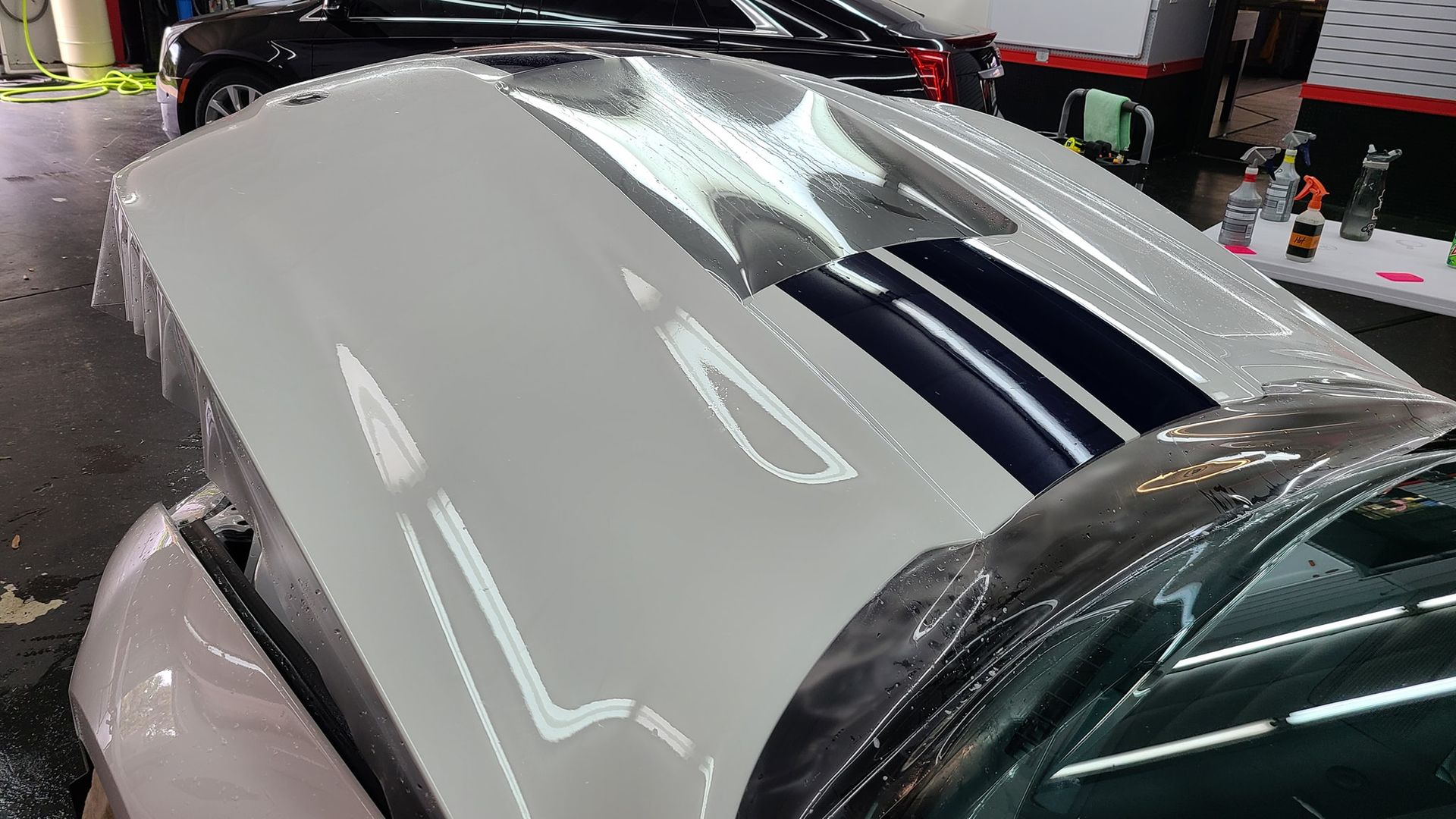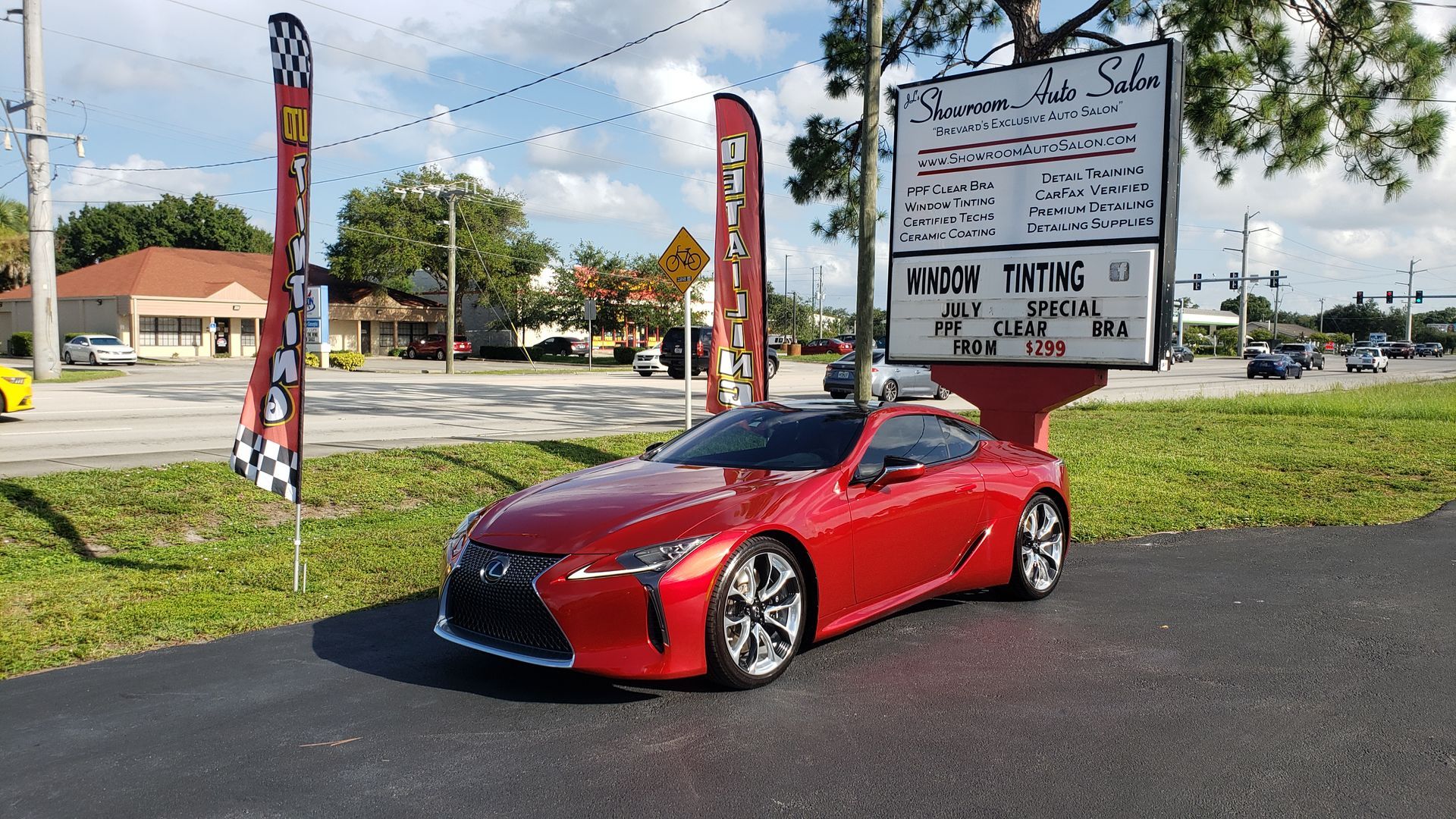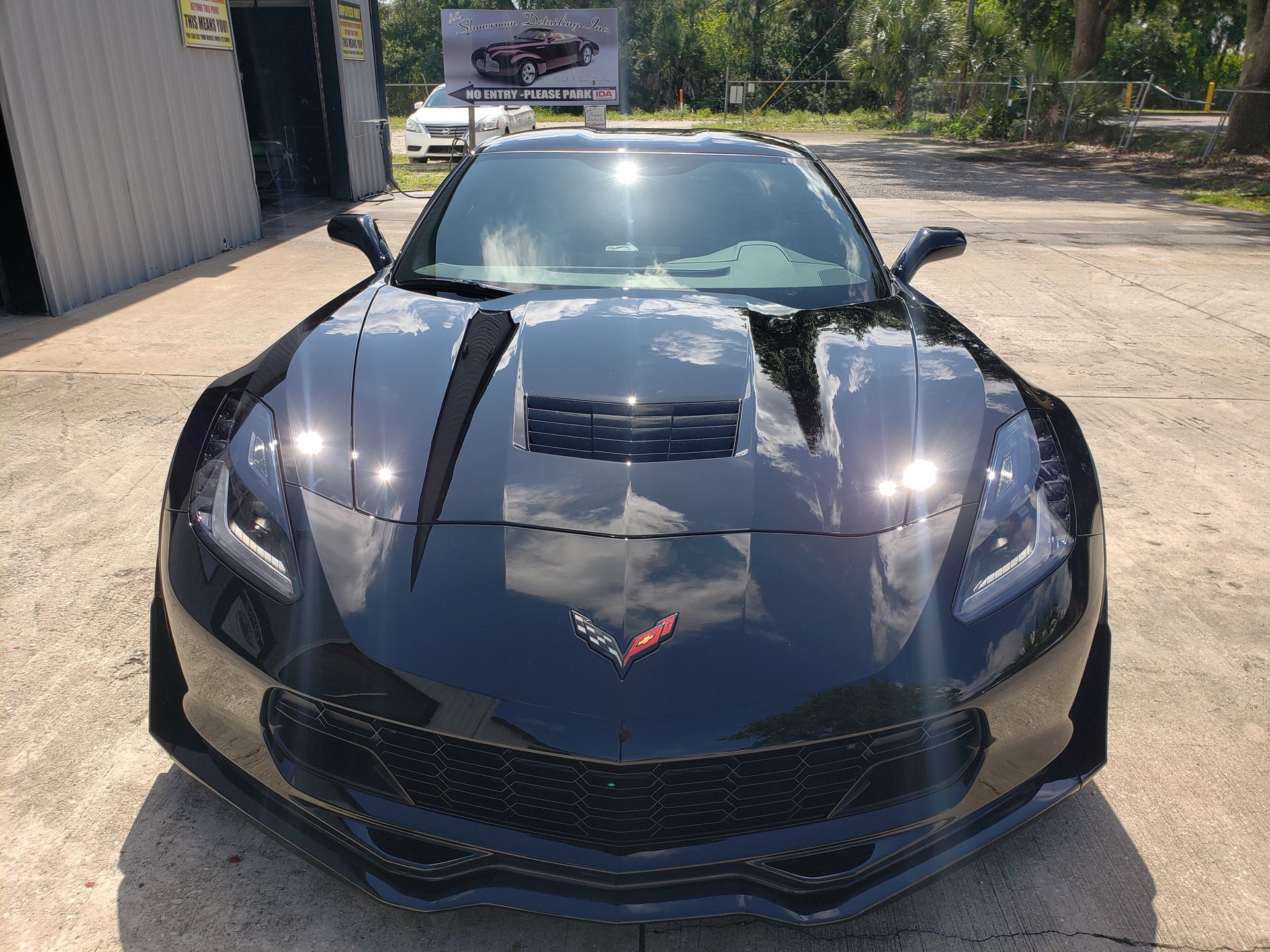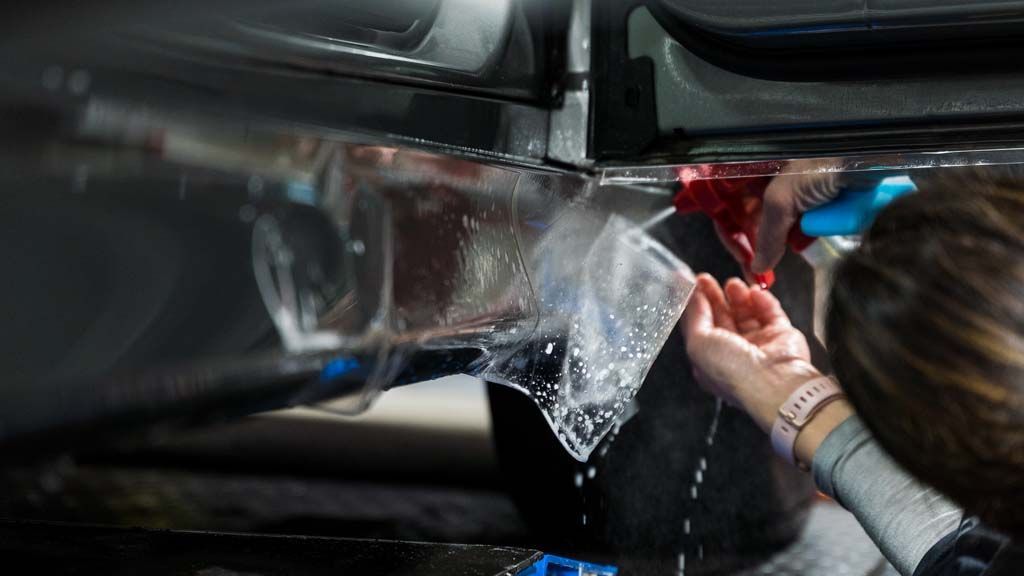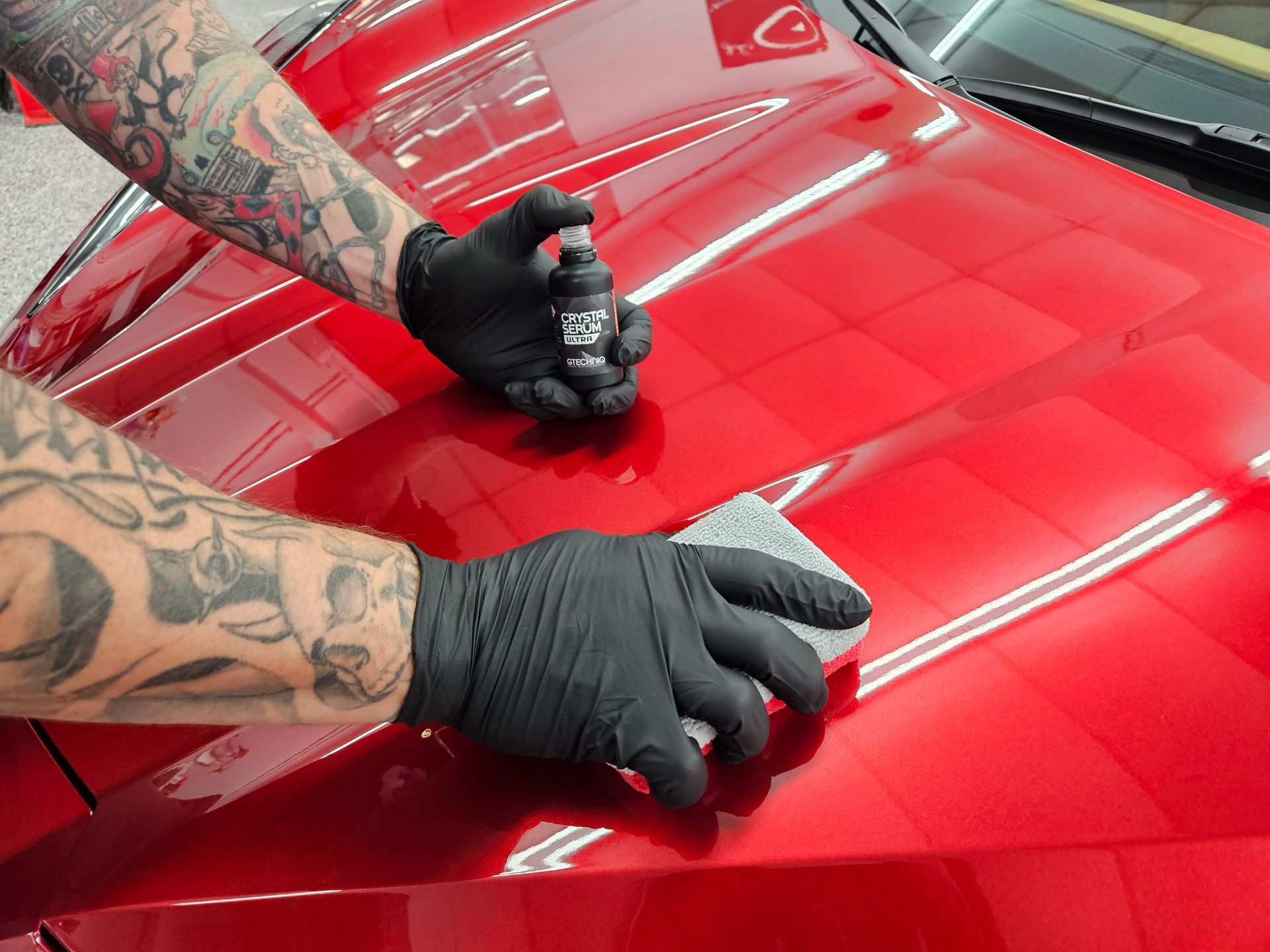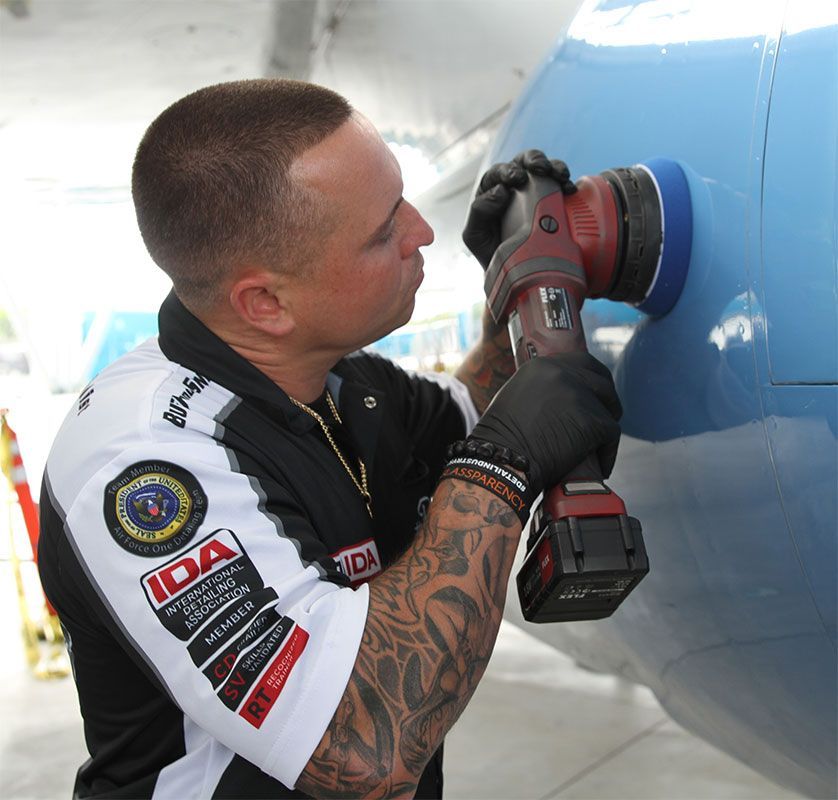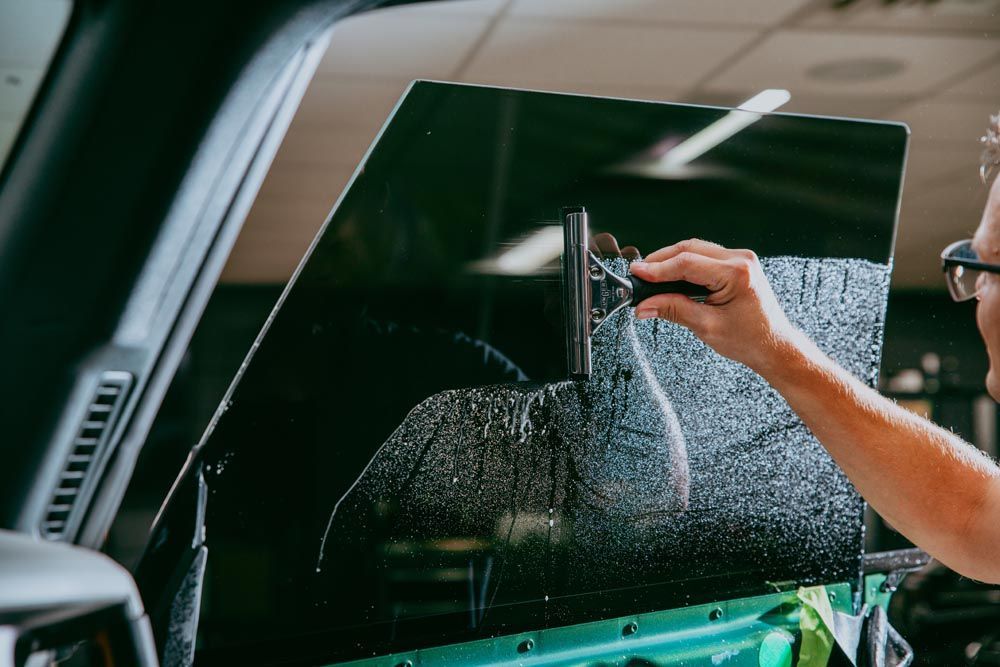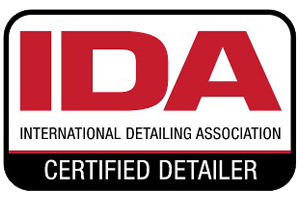The Impact of PPF on Your Vehicle’s Resale Value: A Comprehensive Guide
Paint protection film, a shield for your car's paint, can influence its resale value. Applying this thin but strong cover helps guard the vehicle against chips from stones, bug smears, tiny scratches, and other damages from outside stuff. These little things we often overlook can lower your car's selling price. Despite adding to your initial expense, PPF preserves your car's good looks longer than if left unprotected, leaving a gleaming surface that future buyers will definitely appreciate.
Paint protection film can positively impact your vehicle's resale value by preserving the paintwork and protecting it from scratches, stone chips, and other minor abrasions. Potential buyers may perceive the presence of PPF as a sign that the vehicle has been well-maintained, thus contributing to a higher resale value.
What is Paint Protection Film?
Paint protection film, also called clear bra or PPF, isn't a complicated, high-tech gadget for your car; it's quite simple, actually. Think of it as a shield. When you're in battle, you need a shield to protect yourself from arrows and other dangerous objects, right? Well, your car needs a shield too, and that's where paint protection film comes in. It's like invisible armor for your vehicle's paint, keeping it safe from things like stone chips, bug splatters, and minor abrasions that can come from everyday driving. Take bugs, for example. When you're driving at high speeds on the highway and a swarm of bugs hits your car, they can leave nasty stains that are really hard to get off. But if your car has a clear bra installed, those stains won't stick directly to the paint; they'll stick to the protective film instead. This makes cleaning a whole lot easier!
Paint protection film isn't just an all-or-nothing kind of deal; it's highly customizable to suit your preferences. You can choose from various thicknesses and even colors! Whether you want a glossy finish or something more subtle, there's an option for you. As times change, so does technology, and today's PPF is much more advanced than the early versions. New innovative products come with self-healing top coats that can actually reform themselves after being scuffed or scratched. It's like magic! Well, not really; it's just smart design. This protective film is designed not only to safeguard your car's paint but also to maintain its beauty. It doesn't just protect against road debris; it keeps your car looking great without altering its appearance. Therefore, when considering the importance of PPF on your vehicle’s resale value, keep in mind that it’s much more than just protection—it’s about maintaining the integrity and appearance of one of your most valuable assets.
HOW PAINT PROTECTION FILM PROTECTS YOUR VEHICLE
Imagine embarking on a lengthy road trip, encountering adverse weather conditions, and confronting various road debris. Paint protection film functions as a protective shield, safeguarding your car from the harsh realities of the open road.
STONE CHIP PROTECTION
The wheels of other cars or your own vehicle may kick up small rocks and gravel as you drive. These tiny projectiles can chip off small portions of your paintwork, leaving unsightly marks that not only diminish your car's appearance but also reduce its resale value. PPF acts as a barrier, absorbing the impact of these stones and preventing them from reaching the delicate paint underneath, thus maintaining the pristine look of your vehicle.
BUG SPLATTER RESISTANCE
During certain times of the year, bugs seem to have a magnetic attraction to the front end of your vehicle. While bug splatters may be an inevitable consequence of driving, they can have more damaging effects than just being unsightly. The acidic components within bug splatters can actually corrode and tarnish your car's paint job over time. However, with a layer of paint protection film in place, the film's surface works to resist and mitigate this impact, ensuring that it takes the hit instead of your vehicle's pristine exterior. This protection not only maintains the aesthetic appeal of your car but also helps to preserve its resale value by preventing long-term damage.
MINOR ABRASION DEFENSE
Everyday driving exposes our vehicles to various minor abrasions caused by dust, sand, and even car washes. Over time, this wear and tear can impact the overall appearance and condition of your car's exterior. However, with a paint protection film acting as a layer of defense against these minor abrasions—whether it's during daily commutes or maintenance activities—the film preserves the overall appearance of your vehicle while protecting it from degradation due to environmental factors.
From safeguarding against stone chips to preserving your vehicle's aesthetics amid everyday wear and tear, it's evident that PPF offers comprehensive protection for your prized possession.
PPF's Role in Maintaining Vehicle Aesthetics
One of the most apparent benefits of paint protection film is how it keeps the exterior of your vehicle looking as good as new for longer. Imagine it like a face mask—just as a face mask preserves the health and youthfulness of our skin, PPF does the same for your vehicle's paintwork.
A paint protection film acts as an invisible shield, guarding against external elements that would otherwise damage the paint. The film protects against stone chips, bug splatters, minor abrasions, and environmental wear and tear. This means that your car's paintwork remains free from blemishes caused by everyday driving and exposure to harsh conditions, maintaining a clean, glossy appearance with minimal imperfections. Consider the unpleasant aftermath of a long road trip that inevitably leaves your car covered in unsightly bug stains and stone chips. With a clear bra in place, these issues become non-issues as the film takes the brunt of the damage, leaving your original paintwork untouched.
Preservation of Resale Value
A paint protection film can directly translate into a higher resale value for your car. A meticulously maintained exterior communicates to prospective buyers that the car has been looked after with attention to detail. It's like dressing up for success; a well-presented vehicle invites more interest and higher offers. Imagine two identical cars side by side—one with PPF protection and one without. The car with a paint protection film will likely catch the eye of potential buyers due to its pristine appearance and reduced signs of wear and tear. Ultimately, investing in preserving your vehicle's aesthetic appeal through PPF not only keeps it looking great while you own it but also pays off when it comes time to part ways with your beloved vehicle, ensuring that you get the best possible return on your investment.
PPF AND VEHICLE BODY REPAIRS
Paint protection film plays a significant role in minimizing the need for extensive vehicle body repairs. One of its primary benefits is that it acts as a shield against minor damage such as stone chips, scratches, and light abrasions—common issues resulting from everyday driving and parking. The presence of PPF greatly reduces the likelihood of minor damage penetrating through to the actual paintwork. It saves you from the hassle of unsightly damages and eliminates the immediate need for repair. Imagine someone accidentally swipes their keys across your car door—if you have a clear bra installed, chances are that the film will bear the brunt of it, leaving your paint untouched beneath. This translates to fewer trips to the repair shop and definitely less money spent on frequent touch-ups.
Let's say a flying rock while you were driving caused a small chip in your paint. Without a paint protection film, this would typically entail repainting or touching up the area. However, if you have PPF installed, the film takes the hit instead, leaving your original paint unscathed. You could replace the affected portion of the film rather than address any damage to the underlying paintwork. This aspect also links back to the resale value of your vehicle. A well-maintained exterior with minimal visible damage due to PPF protection can significantly enhance your vehicle's marketability and perceived value when it comes time to sell or trade it in. This level of protection gives potential buyers peace of mind, knowing that they won't be burdened with costly touch-ups or repairs immediately after purchasing.
While a clear bra is highly effective at preventing minor damage, it doesn't make your vehicle impervious to all types of harm. Major collisions or incidents that cause deep dents or larger-scale damage may still necessitate more extensive bodywork and painting, even with PPF in place. While a paint protection film significantly reduces the need for frequent touch-ups and minor repairs associated with regular wear and tear, it isn't a magic shield against all forms of damage. But when it comes to safeguarding your ride from everyday nuisances, it certainly does an exemplary job while saving you time and money in the long run.
Impact of PPF on Vehicle Depreciation
When it comes to the value of your car, its appearance is a major factor. PPF plays a crucial role in maintaining the cosmetic appeal of your vehicle, thus directly influencing its resale value. Here’s how:
Paint protection film acts as a shield against various elements, such as stone chips, scratches, and environmental contaminants. By guarding the exterior finish, paint protection film significantly reduces wear and tear that can lead to a decrease in the overall aesthetic quality of the vehicle. This preservation of the paintwork ensures that the car looks newer and fresher for longer, which makes it more appealing to potential buyers in the future. Imagine two identical vehicles, with one having PPF and the other without. After a few years of use, the unprotected vehicle might exhibit noticeable wear and tear, while the protected one maintains a glossy, scratch-free appearance. A potential buyer would certainly be more attracted to the well-maintained vehicle, ultimately influencing its resale value.
Moreover, vehicles with a paint protection film installed tend to fetch higher prices in the secondary market. Resale value can see an increase of up to 5%, which proves how much a simple protective measure can impact the financial return on your investment. When it comes to depreciation, vehicles with PPF experience slower devaluation rates compared to their unprotected counterparts. The preserved cosmetic condition of the car maintains its allure over time, delaying the visual effects of age-related wear and tear. This directly contributes to reducing the rate at which the vehicle loses value over time.
Quality Paint Protection Film Service in Melbourne, FL
Discover unparalleled paint protection with JL’s Showroom Auto Salon, your premier destination for
quality paint protection film service in Melbourne, FL. Our dedicated team is committed to safeguarding your vehicle's exterior from chips, scratches, and other damage with cutting-edge technology and meticulous craftsmanship. Using only the highest quality materials, we ensure that your car maintains its pristine appearance for years to come. Say goodbye to worrying about road debris and environmental hazards damaging your paint job. Trust JL’s Showroom Auto Salon to provide the ultimate protection for your vehicle. Schedule your paint protection film service today or call us at
(321) 723-6976 and enjoy peace of mind on every drive!
